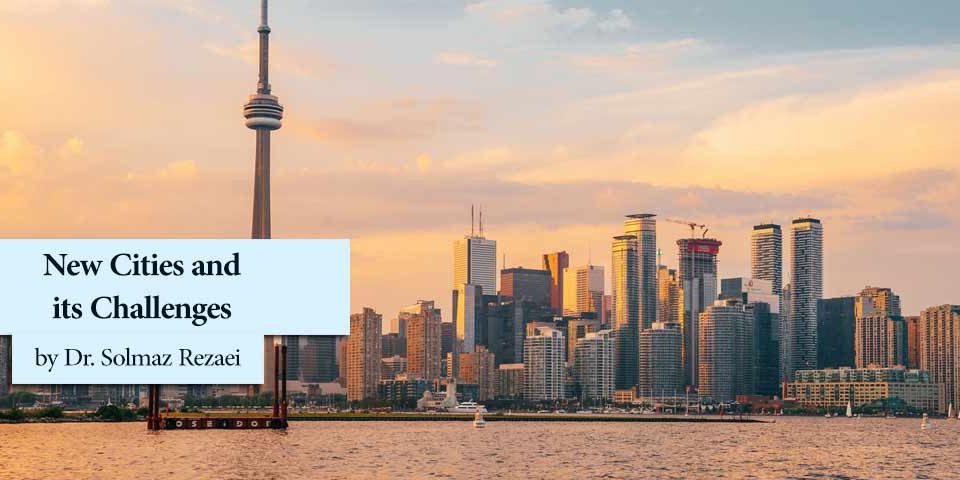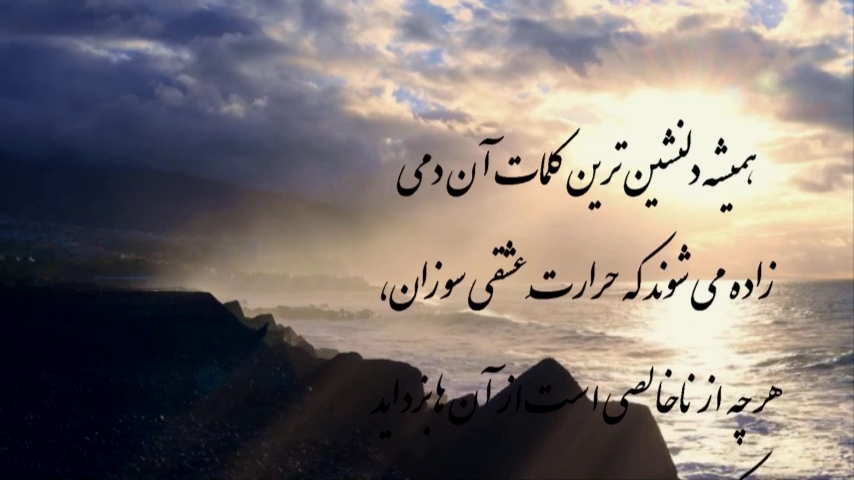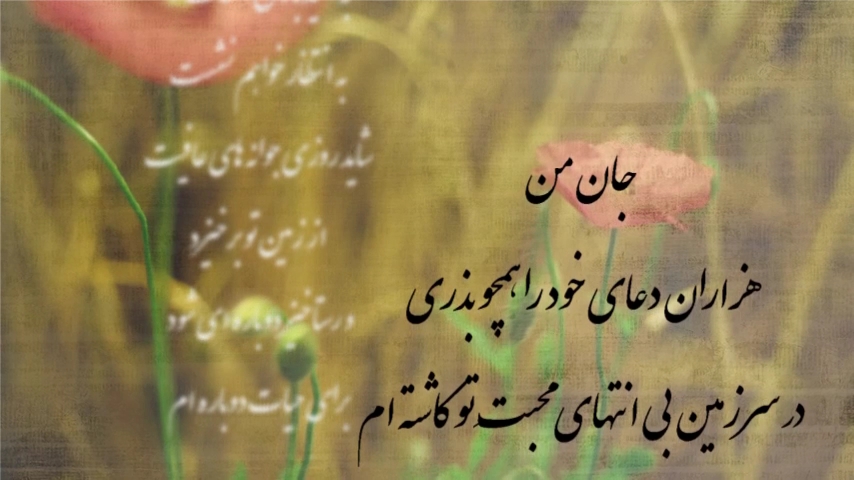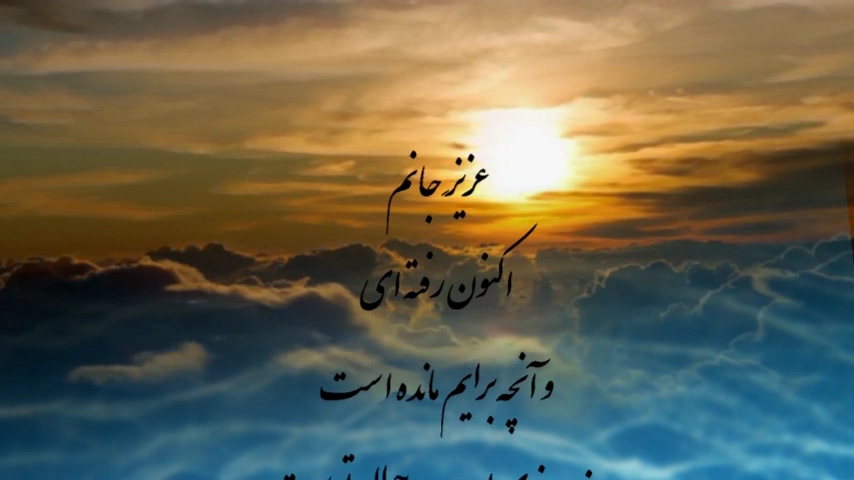سولماز رضایی
New cities have always been created in different historical periods due to reasons that differ in each country or geographic region, which include various social, military, political and economic issues. The concept of new cities is a relative category in terms of time and these cities have historically been regarded as a means of realizing the goals of governments.
The idea of the new satellite towns was first introduced by Leonardo da Vinci in the sixteenth century to organize the overpopulation in Milan, where ten satellite towns, each with a population of approximately 3,000 people were proposed. In the late nineteenth century, when people realized the growing population of cities and the problems created by the industrial revolution in the big cities, Ebenezer Howard, in a book entitled “Tomorrow, a Quiet path to Real Reform”, described the novel concept of New Towns in the form of Garden city movement, inspired by the thoughts of people such as Thomas M. Moore, designer of the City of God, John Blair, the industrialist theorist, and Leonardo da Vinci, which based on these he believed that by the creation of this garden cities around the big cities, the population and industrial infrastructure should leave these cities. This theory was, in practice, a way to cope with the urbanization crisis after the Industrial Revolution.
In today’s world, new cities are created with goals such as spatial planning, preventing the growth of metropolitan areas, attracting overpopulation, creating industrial development centers, integrating villages, and so on. For example, new cities in the former Soviet Union with the aim of industrial activities, new cities such as Brasilia, Abuja, Delilah, and Islamabad as the capital of countries, as well as cities in England and neighborhoods in the Netherlands, have been designed to organize the overpopulation of the big cities.
In Iran, with regard to existing governing structures, practically from the beginning of the 20th century, centralization began in the administrative, economic, and political spheres, and over time, the volume was increased. With the continuation of this process and the increase in urbanization, new cities emerged and exploited for various purposes, which can be considered in four different time periods. In the first period (the interval between World War I and II), cities were set up with military and economic objectives, as well as housing for government employees and their families. In the second period (from World War II to the mid-70’s) oil was taken into account in new towns along with government-leased houses, which were often built near another large city. In the third period (from the 70’s to the victory of the Islamic Revolution), due to the growth in country’s revenues from oil sales, new industrial cities and satellite towns were created around large cities without relying on an initial core, as well as new cities with different functions and non-industrial affiliate, aimed at accepting overpopulation. In the fourth period (after the Islamic Revolution), the focus was on the creation of new satellite towns to accommodate the overcrowding of major cities. The creation of new cities was proposed for the first time by the Ministry of Housing and Urban Development, with the aim of inhibiting the growth of urban populations, and was approved by the Cabinet of Ministers March 1985, which was the beginning of the construction of new cities after the Islamic Revolution. According to existing laws, new cities are referred to as “demographic zones”, which, within the framework of a plan approved by the High Council for Urban and Architecture of Iran, in addition to the accommodation of at least 30 thousand people outside the legal and protective area of the cities, public buildings and facilities, services, social and economic need should be considered. It was also necessary to establish urban construction companies before creating new cities and in order to prepare comprehensive plans. Accordingly, seventeen new cities have been established in 11 provinces of the country, and other plans are under consideration in this regard. According to available statistics, the population density of these cities is about 4 million, but so far, a population of less than one million people have been settled. Although projections suggest an increase of about one and a half million people for the next five years, the current situation is indicative of a lack of successful population-based policies for these cities. Cities that only have the dormitory function for their inhabitants. There are various reasons for this failure. The weakness of the economic and social diversity among urban residents, due to the lack of sense of place in middle age and old age groups, the lack of growth of land prices in new cities relative to other cities, given that housing in our country is a capital good. The lack of proper transfer of industries to new cities and economic dependence on mother cities, lack of consideration of distance from the mother city in the location of new cities, lack of many social amenities and necessary urban services, and the lack of prosperity in new towns, have caused the lack of prosperity in new cities, which, given the many costs that have been imposed so far, the implementation of proper urban development policies, the potential capacities of these new cities can be exploited.




